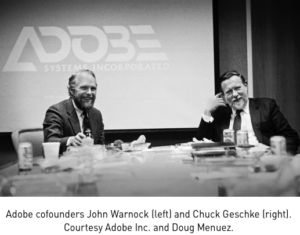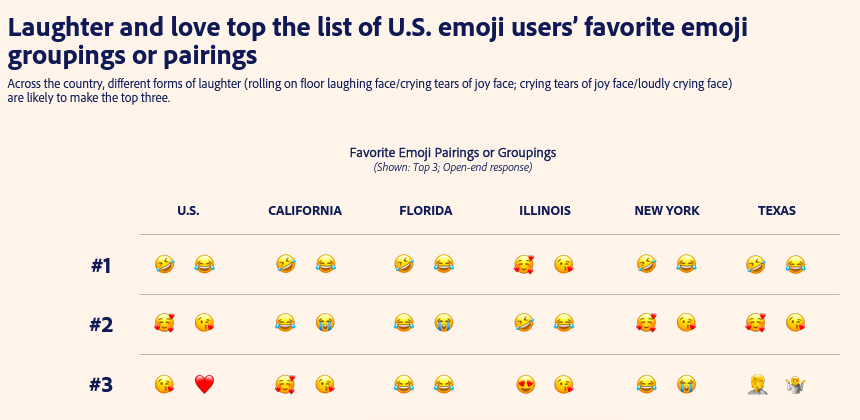On January 22, 1984, during that year’s Super Bowl, the now-iconic and totally unforgettable Apple Computer advertisement aired. The commercial never showed the computer itself, but ended with this audio: “On January 24th, Apple Computer will introduce Macintosh. And you’ll see why 1984 won’t be like ‘1984.’”
We were there, and we remember. And, we would strenuously argue the Macintosh did change the world in some ways.
But, we would also argue the real reason 1984 was not like the book 1984 and one of the foundational reasons the entire world began to change so profoundly that year is because of the software that is PostScript and not hardware that was Macintosh.
So, we want to draw attention to a December 2022 announcement and article released by the Computer History Museum in Mountain View, California. The museum announced the public release of PostScript’s source code. The article talks about the origins of PostScript and its significance inside the enormous world that is Print and points to its wider significance to the world that is, well, the entire World. For Seybold Report readers and followers, the article is a must-read.


